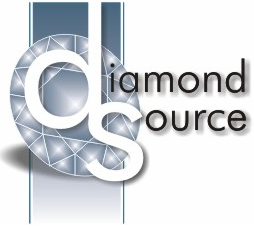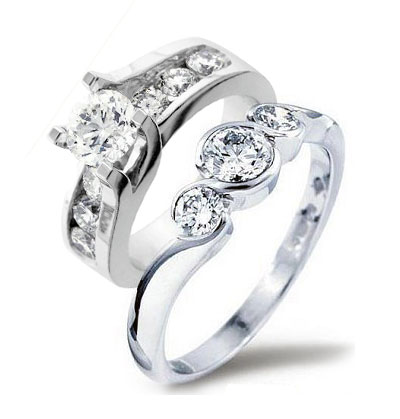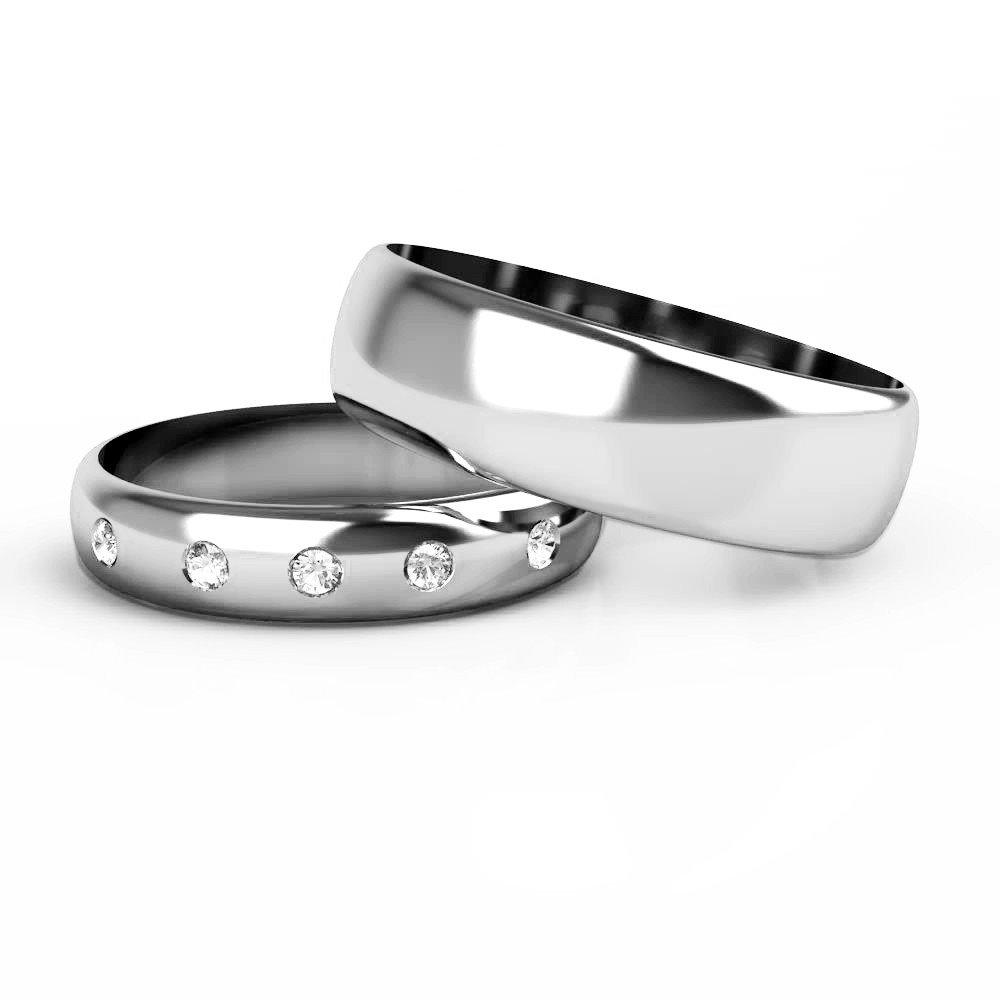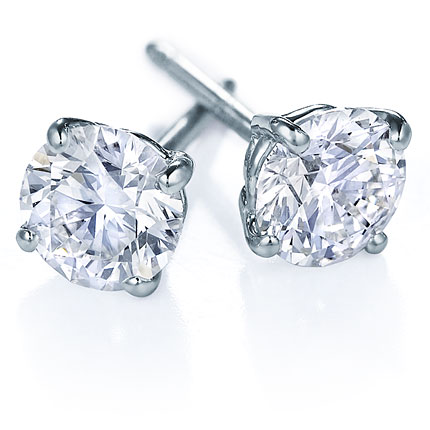Please Note:
We will be closing for all orders for 2025 on 5th December.
Diamond Source will be closed for Holidays from 19th December until 12th January.
We will be closing for all orders for 2025 on 5th December.
Diamond Source will be closed for Holidays from 19th December until 12th January.
We offer READY TO SHIP JEWELLERY - View Collections
How are Diamonds Priced?
This is a commonly asked question and it does have more than one answer. Polished diamond pricing stems from how diamonds are priced in the rough and works on the supply and demand principle. The rarer the diamond, the higher the price. Have you heard of the four C’s? These four factors are integral in determining the price of a diamond. Cut, Colour, Clarity and Carat.
Cut - The cut of the diamond affects the price in more than one way. Round diamonds are more expensive than fancy shapes with the marquise cut being the most expensive of these shapes, and the square shapes generally being the cheapest. Square shapes appear smaller than their round counterparts of equivalent size. In all shapes - round included - well-made diamonds trade at a higher price than poorly made ones. The cut of the diamond appears to be the most important factor to consider when purchasing a diamond. Cut grade in diamonds refers to how the diamond is polished and is divided into three categories. Proportion, Symmetry and Polish. Proportion is the most important of these three factors and refers to the angles and measurements of the polished stone. Generally, proportion is graded into the following categories:
- EXCELLENT
- VERY GOOD
- GOOD
- FAIR
- POOR
- UNUSUAL
Stones which have a cut grade below VERY GOOD are not good stones and they will always trade at substantial discounts. Symmetry and Polish are graded with similar categories but don’t affect the beauty or the pricing of the diamond.
Colour - The colour of the diamond influences pricing in a simple manner. Colourless diamonds are more expensive than those with colour. The diamond colour chart starts at D (being colourless) and ends at Z (saturated with colour). Colourless diamonds are extremely rare and are therefore more expensive. The exception to this rule is fancy colour diamonds.
Clarity - The clarity of the diamond is also an easy factor to understand. The cleaner the diamond, the more expensive, again naturally because clean diamonds are rarer than included stones. The clarity of a diamond is graded under a ten power magnification.
Carat - The Carat of a diamond refers to the weight of the diamond and affects the price in that the heavier the diamond the more expensive the diamond is. Large diamonds are rarer than small diamonds and therefore more expensive. Naturally, if something is charged per weight - if it weighs twice as much - it costs twice as much. Well, to an extent. Diamonds are divided into weight categories and as the weight goes up, the price per carat increases. A diamond weighing 1 Carat doesn’t cost twice as much as one weighing Half a Carat.
This list provides a base price for diamantaires to work from. In the end, there are so many categories and prices in diamonds that there is certainly a diamond to fit most budgets. Looking at a wide range of diamonds is essential when making a decision to buy, and you might be amazed at how different two similarly priced diamonds may appear.
Cut - The cut of the diamond affects the price in more than one way. Round diamonds are more expensive than fancy shapes with the marquise cut being the most expensive of these shapes, and the square shapes generally being the cheapest. Square shapes appear smaller than their round counterparts of equivalent size. In all shapes - round included - well-made diamonds trade at a higher price than poorly made ones. The cut of the diamond appears to be the most important factor to consider when purchasing a diamond. Cut grade in diamonds refers to how the diamond is polished and is divided into three categories. Proportion, Symmetry and Polish. Proportion is the most important of these three factors and refers to the angles and measurements of the polished stone. Generally, proportion is graded into the following categories:
- EXCELLENT
- VERY GOOD
- GOOD
- FAIR
- POOR
- UNUSUAL
Stones which have a cut grade below VERY GOOD are not good stones and they will always trade at substantial discounts. Symmetry and Polish are graded with similar categories but don’t affect the beauty or the pricing of the diamond.
Colour - The colour of the diamond influences pricing in a simple manner. Colourless diamonds are more expensive than those with colour. The diamond colour chart starts at D (being colourless) and ends at Z (saturated with colour). Colourless diamonds are extremely rare and are therefore more expensive. The exception to this rule is fancy colour diamonds.
Clarity - The clarity of the diamond is also an easy factor to understand. The cleaner the diamond, the more expensive, again naturally because clean diamonds are rarer than included stones. The clarity of a diamond is graded under a ten power magnification.
Carat - The Carat of a diamond refers to the weight of the diamond and affects the price in that the heavier the diamond the more expensive the diamond is. Large diamonds are rarer than small diamonds and therefore more expensive. Naturally, if something is charged per weight - if it weighs twice as much - it costs twice as much. Well, to an extent. Diamonds are divided into weight categories and as the weight goes up, the price per carat increases. A diamond weighing 1 Carat doesn’t cost twice as much as one weighing Half a Carat.
This list provides a base price for diamantaires to work from. In the end, there are so many categories and prices in diamonds that there is certainly a diamond to fit most budgets. Looking at a wide range of diamonds is essential when making a decision to buy, and you might be amazed at how different two similarly priced diamonds may appear.





